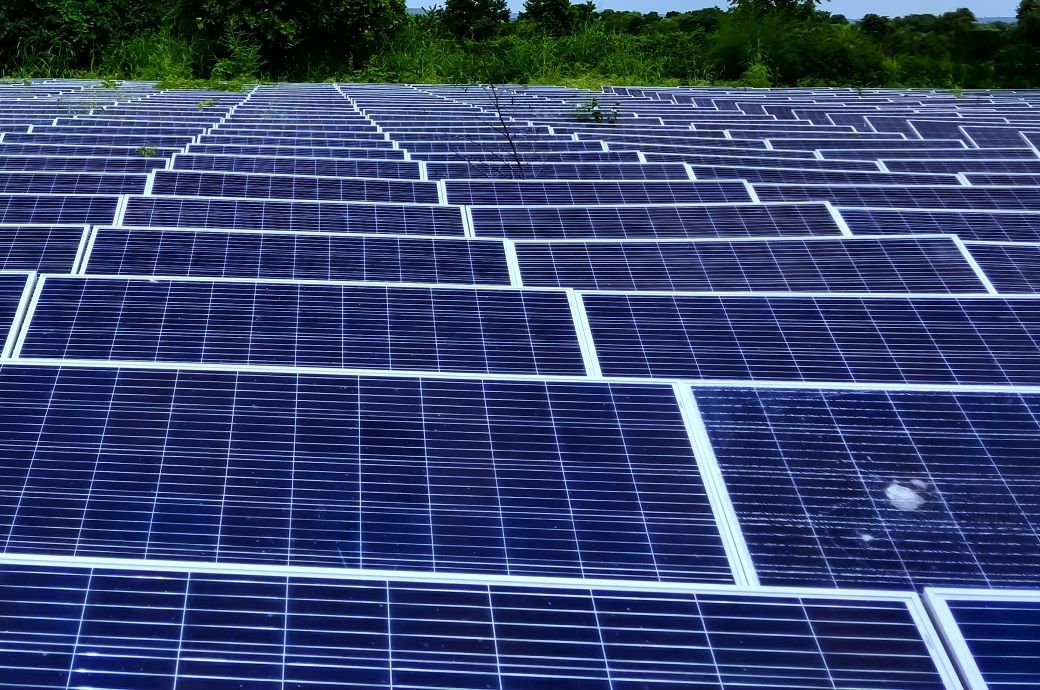
The summit also witnessed the launch of the Federation of Indian Chambers of Commerce & Industry (FICCI) Deloitte report, titled ‘India’s energy-transition pathways: A net-zero perspective’. According to the report, India’s final energy demand is expected to double to approximately 1,200 Mtoe (Millions of tonnes of oil equivalent) by 2070 in a net-zero scenario, incorporating aggressive energy efficiency measures. To achieve its net-zero emissions target by 2070, India will require a massive investment of $15 trillion.
The FICCI Deloitte report outlines three crucial pillars expected to address nearly 90 per cent of India's emissions. These pillars are grid decarbonisation, industrial decarbonisation, and transport transition.
Despite being home to 17 per cent of the world's population, India contributes a mere 4 per cent to the global carbon dioxide load. The country's per capita emissions are only 2.2 tonnes, considerably less than the global average of 6.3 tonnes, as per Singh.
The minister affirmed that India is the only major global economy whose energy transition actions align with limiting global temperature rise to under two degrees Celsius.
"Last year, we achieved a renewable energy capacity addition of 15 gigawatts. This year, we are targeting an increase to 25 gigawatts, with plans to escalate it further to 40 gigawatts next year," said Bhupinder Singh Bhalla, secretary of the ministry of new and renewable energy.
“We would be needing hundreds of gigawatts in terms of realising our dream of net zero by 2070. And in terms of the investment itself, I think we are looking at a huge investment, something like $14 trillion to $17 trillion between now and then,” said Shivanand Nimbargi, chair of FICCI Renewable Energy CEOs Council.
Fibre2Fashion News Desk (DP)